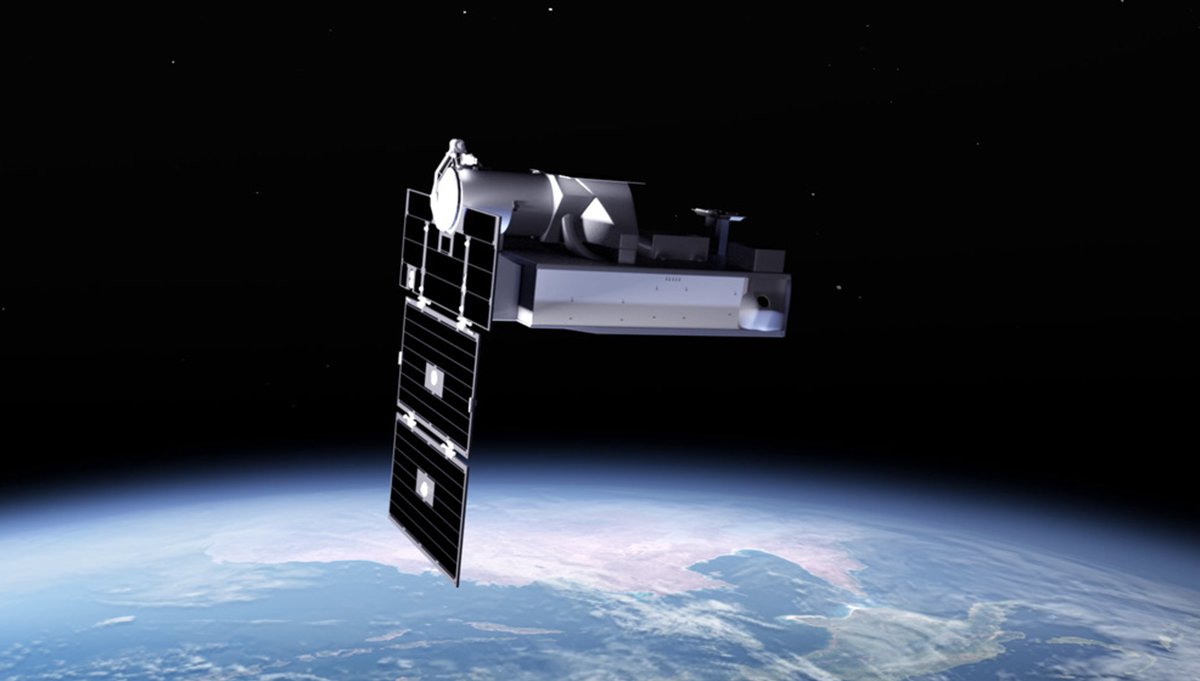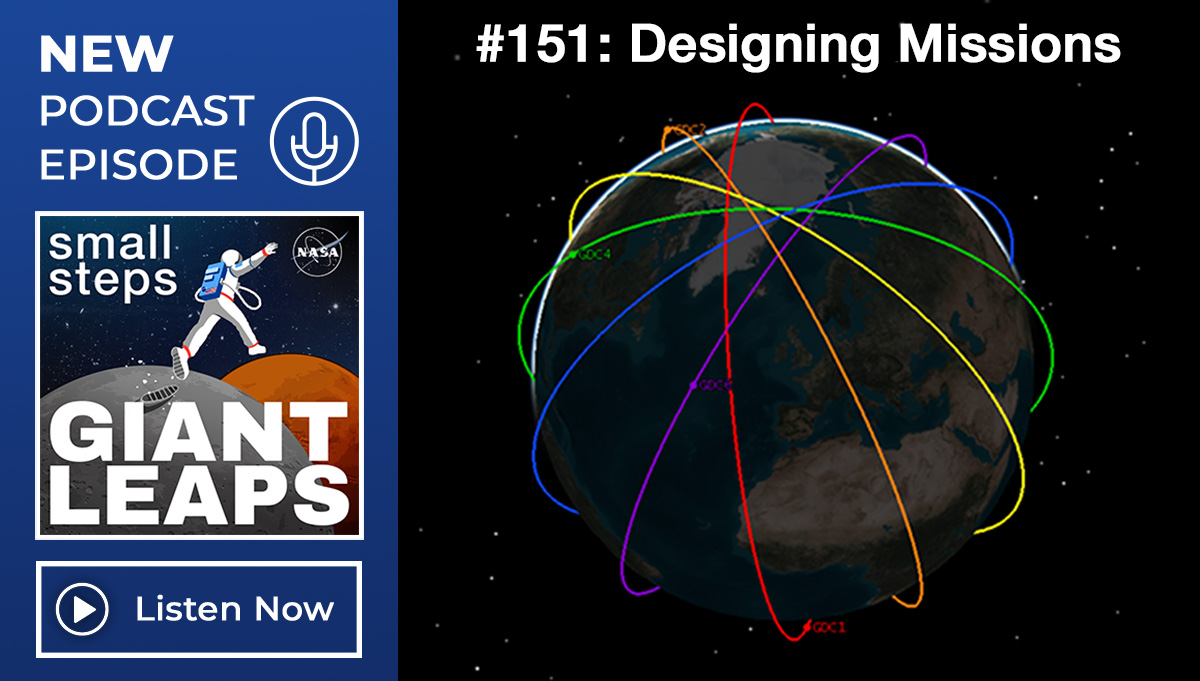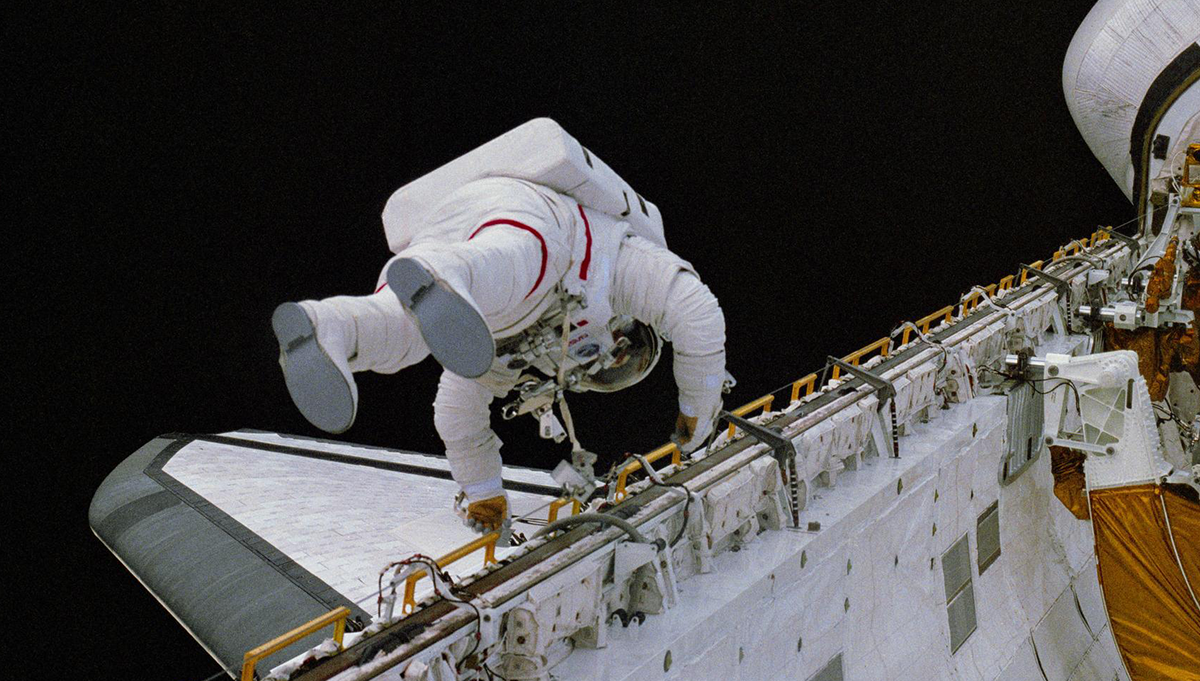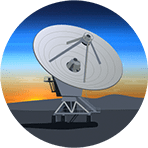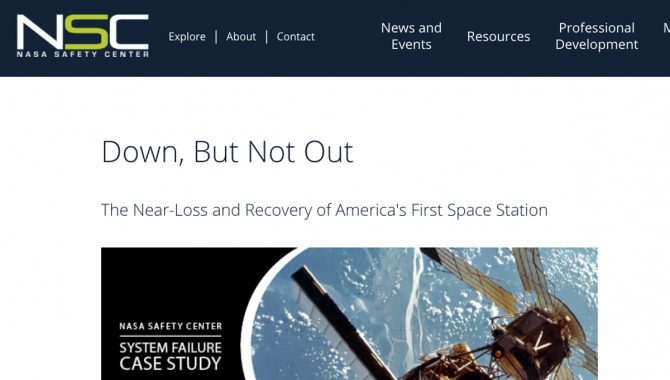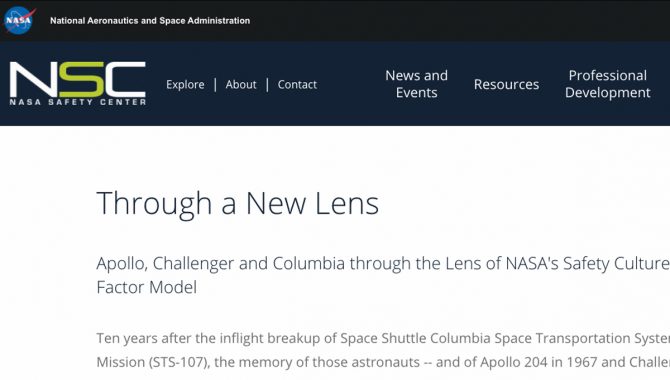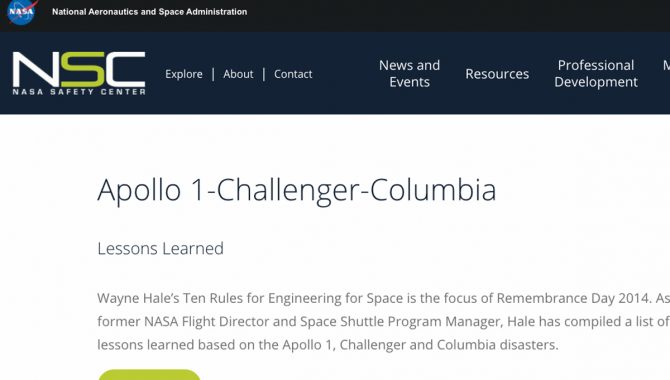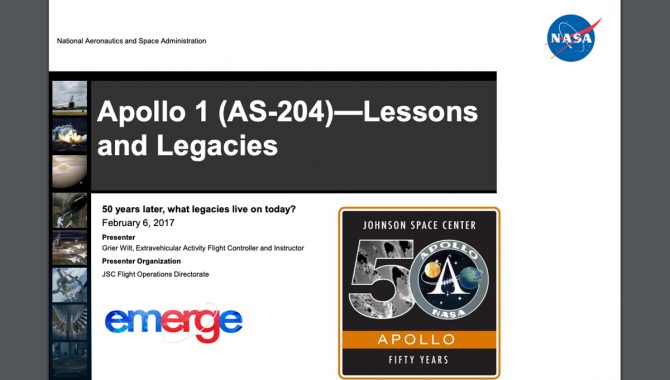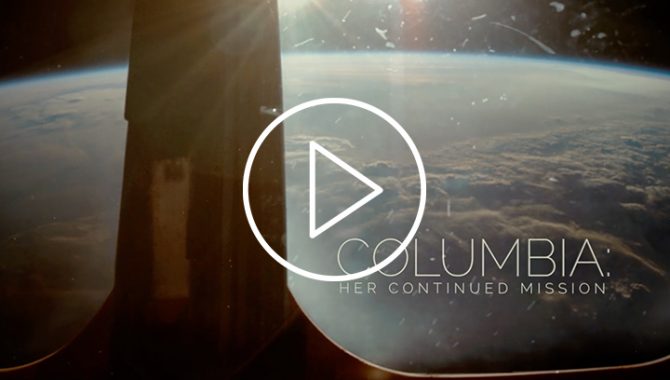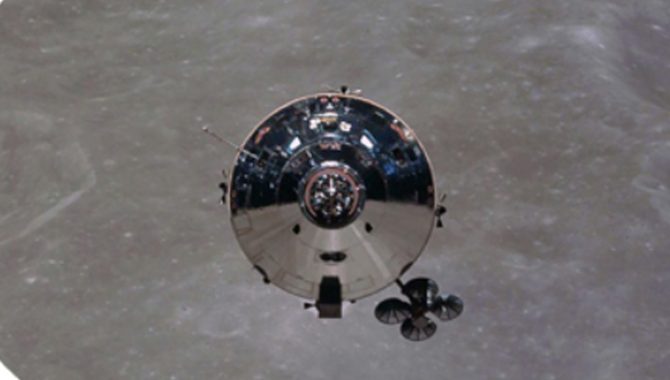
The Apollo and Skylab Programs each suffered major setbacks and losses. These events, such as the Apollo 1 fire, the Apollo 13 oxygen tank explosion, and the Skylab 1 micrometeoroid shield loss, lesser-known crises were averted during the 21 missions that utilized the Apollo spacecraft. During Apollo 10 and Skylab 4, crews suffered from human factors related incidents.


